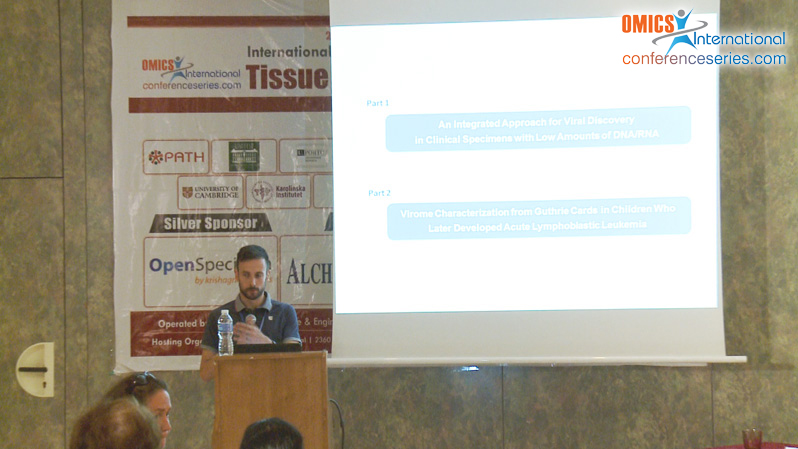
Britt Gustaffson & Christian Pou
Karolinska University Hospital, Sweden
Title: Virome characterization from Guthrie Cards in Children Who Later Developed Acute Lymphoblastic Leukemia
Biography
Biography: Britt Gustaffson & Christian Pou
Abstract
The etiology of childhood acute lymphoblastic leukemia (ALL) is unclear in 95% of all cases. Some authors postulate that an in utero event that causes a cytogenetic aberration could be “the first step” that leads to the development of the leukemic clone. The aim of this study is to identify prevalent in utero DNA virus infections from children who later developed ALL as potential etiological agents of leukemogenesis. To do that, the virome of children who later developed ALL was characterized from dried blood spots (DBS) taken at birth and was compared to the virome of the control group by unbiased next-generation sequencing (NGS). Guthrie cards from 95 children diagnosed with ALL at 1-15 years of age at time of diagnosis and from 95 healthy controls, matched for age and birthplace, were analyzed. Whole blood was dissolved from the Guthrie cards and DNA was extracted using the MEM method. Two pools of extracted DNA from patient and control samples were prepared, randomly amplified and sequenced by illustra GenomiPhi and Illumina sequencing, generating approximately 7,4 million paired-end reads from each group. About 25% of the reads from each group were kept after quality filtering and 99.5% of remaining reads mapped to the human genome. No relevant viruses were found in the control group, whereas virome characterization of patients revealed the presence of human herpes virus type 6 (HHV-6) and parvovirus B19, which may play a role in leukemogenesis. However, the association between these viruses and the disease needs to be further investigated.




